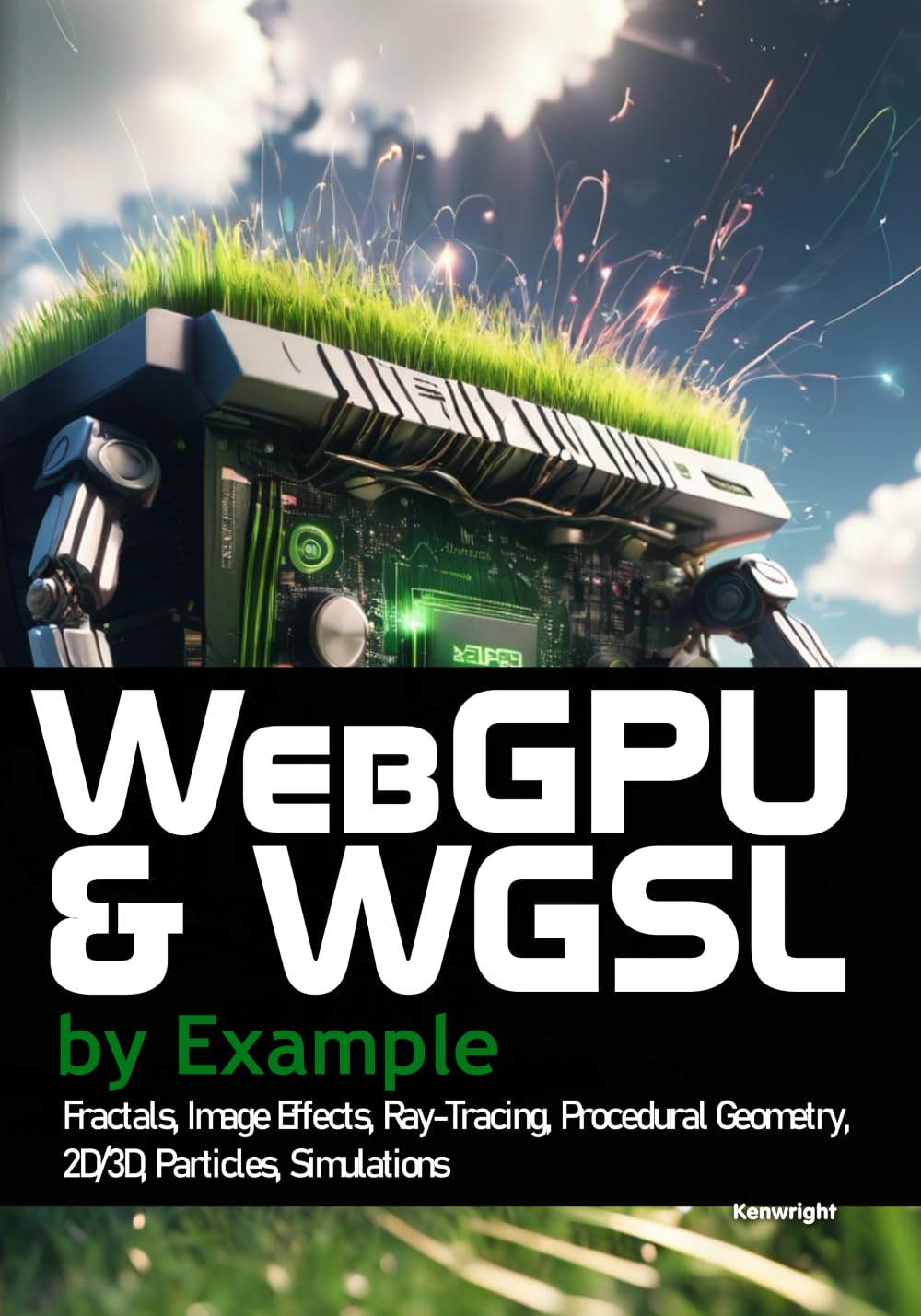
WebGPU and WGSL by Example: Fractals, Image Effects, Ray-Tracing, Procedural Geometry, 2D/3D, Particles, Simulations
An illuminating journey into webgpu, "WebGPU and WGSL by Example: Fractals, Image Effects, Ray-Tracing, Procedural Geometry, 2D/3D, Particles, Simulations (Paperback)" explores its profound influence on the digital frontier. With clarity and enthusiasm, this essential read delivers fresh perspectives and actionable insights that inspire curiosity and spark meaningful progress.



Sarah Johnson
Professional ReviewerI had the same experience. The practical exercises really helped solidify the concepts and made the learning process feel hands-on.
September 23, 2025